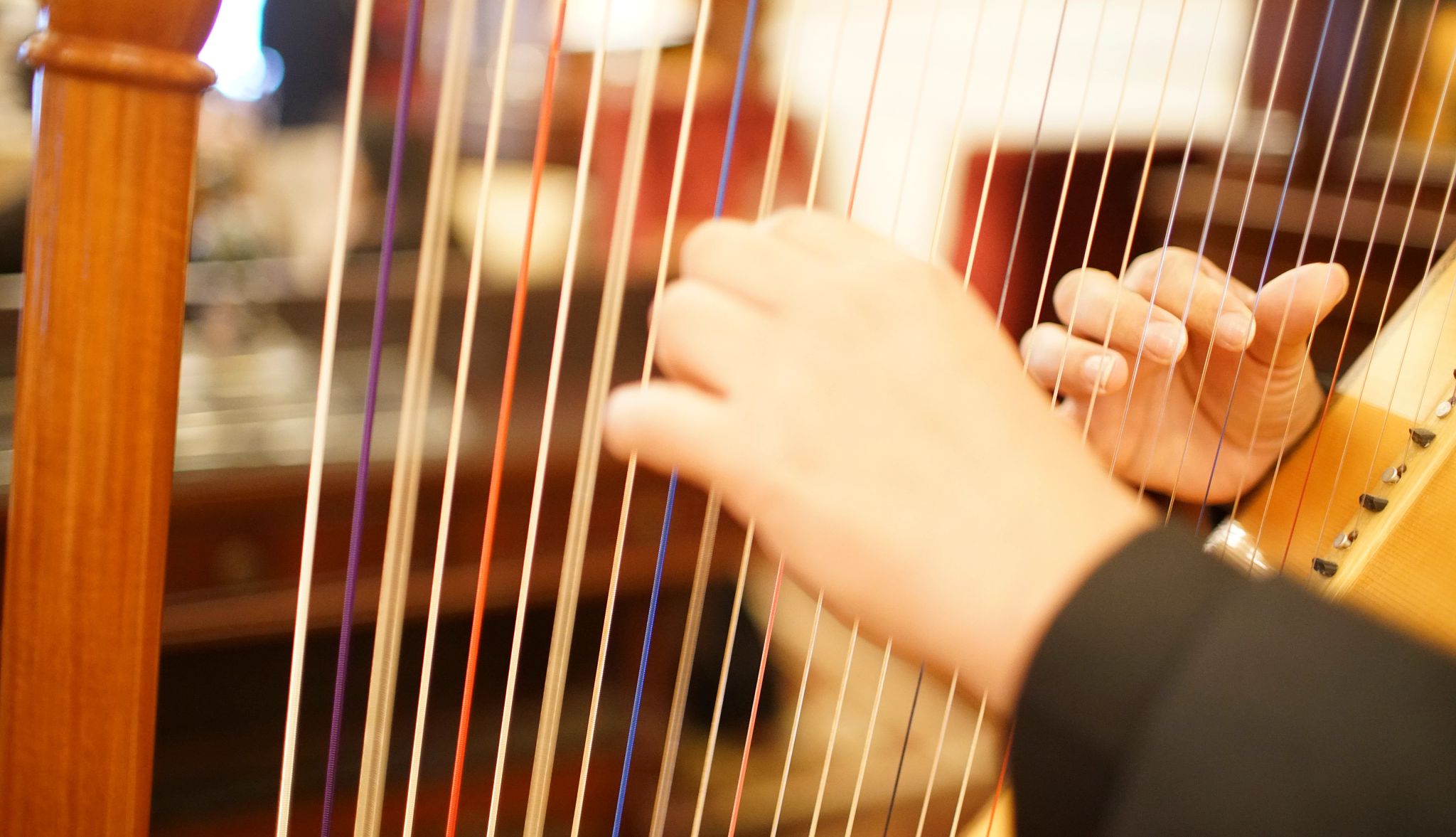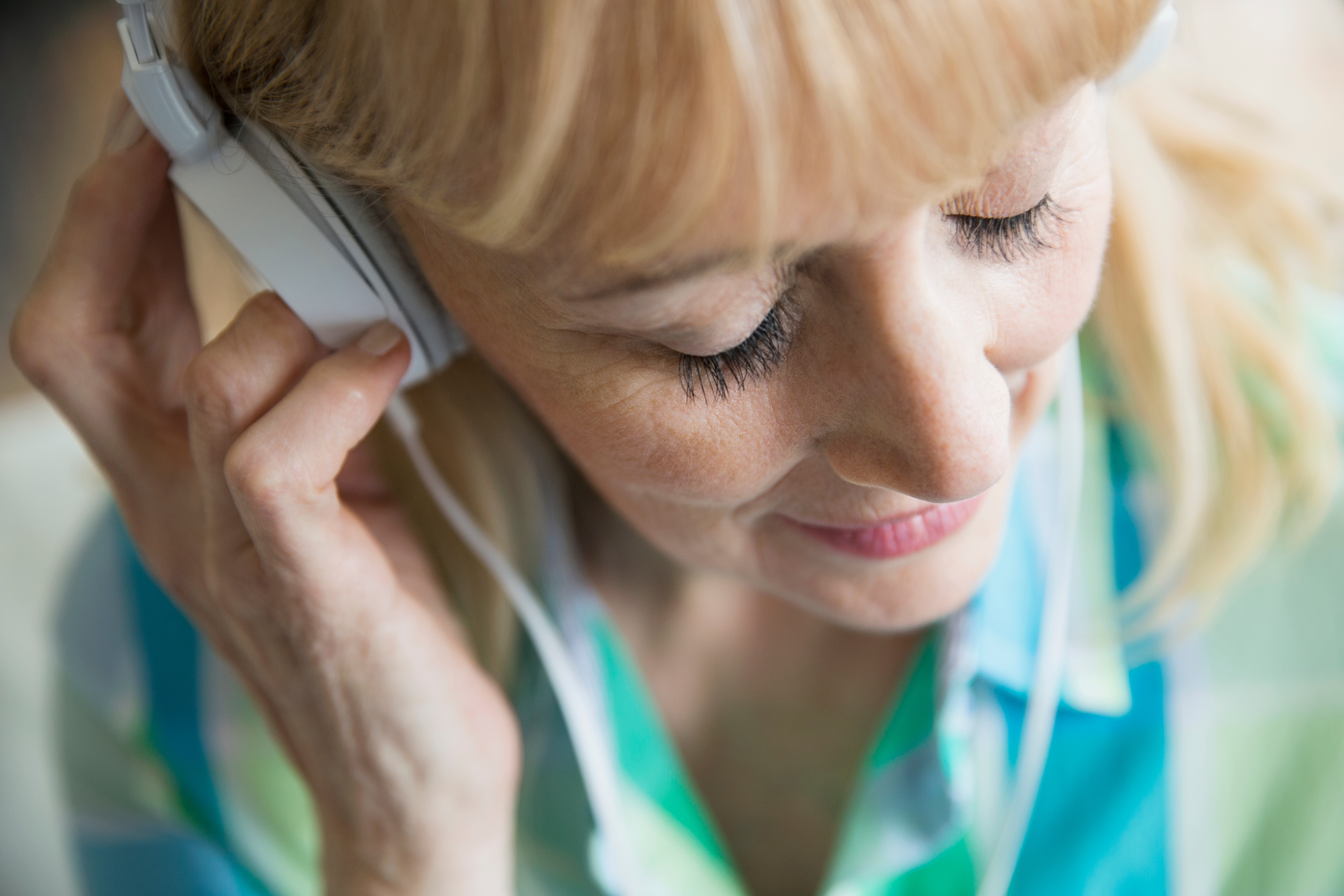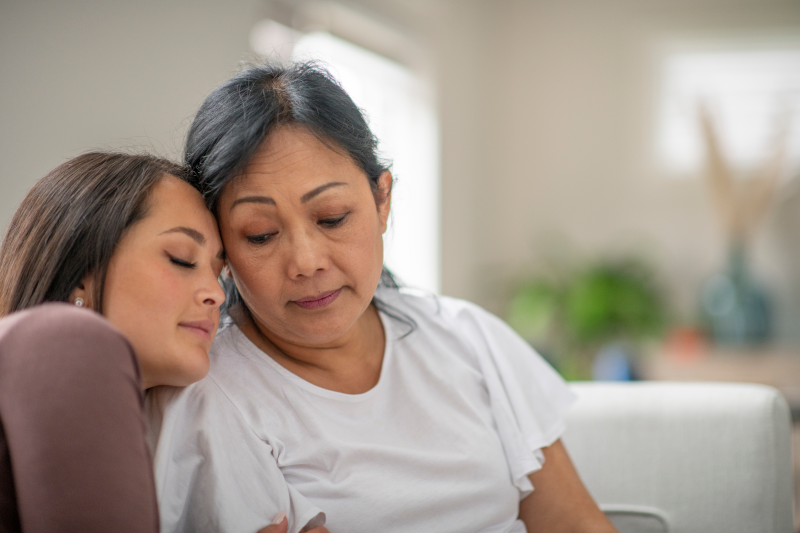AARP Hearing Center

NOTE: Guest blogger Ilyana Kadushin is the founder, executive director and program director of Stories Love Music, a non-profit 501(C)3 organization for professional and family caregivers who care for seniors with dementia and Alzheimer’s.
Arts engagement and caring for the caregiver. Being able to connect these two ideas took some time but ended up being the key to the evolution of my work with Stories Love Music.
In the aftermath of Hurricane Sandy in New York, where I was living and working as a singer and actor, I had a life-altering moment at a hurricane shelter in Brooklyn. We came to play a concert for those staying there. I witnessed the profound effect that music could have on those living in the shelter. Specifically, when music was utilized in an interactive way and made room for engagement, a deeper human-to-human connection was found. When someone felt seen and heard, their imagination was sparked by sound, as well as attention from the people providing it. Well, it was a magical combination!
This led me to five years of fieldwork as a musician and group facilitator in memory units of senior facilities, as well as Alzheimer’s units of rehabilitation centers. We explored creative engagement with caregivers (family and professionals) and those seniors with memory impairment they cared for. This ultimately became integrated into the program that Stories Love Music provides today as “The Joy of Creative Engagement” program for caregivers.
Years later I have had recreational and activities directors attend my program and respond to it with the understanding that it’s not the activities alone that make a difference in someone’s life, it’s how they are implemented. They could see that so often in both nursing homes and private homes, their burnout as caregivers was causing them to set up activities and walk away with no energy for engagement. With the rising numbers of seniors with dementia growing and, at the same time, a high incidence of burnout and turnover of caregivers, I think we can all agree we are at a caregiving crisis point. So how can we care for the caregiver and change the course of this trend?
In our caregiver engagement programs at Stories Love Music, we always start with the analogy of building a home together. The foundation of this house must be strong enough to allow the rest of the house to stand tall and not crumble under the weight.

How? The first part of our program focuses on caregivers using creative arts engagement on themselves for their stress management and self-care. Caregivers are given the time and space to remember the origin of music in their own lives and express the emotions that come so naturally with it. Only when they truly see the value of this, can they move forward and learn the next part.
In the next part, we teach them how to use creative engagement with the person that they care for during their most challenging caregiving activities. Time and time again we have seen that when they fill their cup first, they have the energy to engage and are even interested in learning what the person they care for may have to teach them!
Here are some powerful examples. After a nurse in a hospital took part in The Joy of Creative Engagement and explored the power of music in her own life, she was able to apply the principles to a person with Alzheimer's whom she was caring for. Showering and bathing a person with dementia always appear on top of the list of the most challenging and anxiety-provoking times and tasks for caregivers.
Beginning with a memory of her own deep emotional connection to music, the nurse not only invited her patient to bathe with music playing throughout the process, but she also connected with the person, which changed the activity from a battle to a true experience that was also more fun in the process.
The results do not happen overnight; it takes willingness and practice. It starts with setting up music engagement sessions with the person you care for and making it a part of your daily routine, the way food, medicine and hygiene are.
Another wonderful example is that of a family caregiver who took our program and was taking care of her husband. She realized that they had fallen into a pattern of only doing things together that were mundane tasks and using television as a relaxation activity.
Remember, putting on the television with your person is passive and not a creative engagement. While it can serve a purpose at times in your caregiving day, giving you time to get tasks done, watching television should not be a substitute for creative activities and engagement.
The caregiver started playing the music her husband loved and sitting with him, being with him in this precious time they had together. She brought out drums for him to play with, as he had been a drummer in his life. She could see that he was enjoying this way of being together with her. Her feedback to us was that she was now able to see the reason she did not do this type of engagement with her husband previously — she felt too tired and burned out.

These stories reinforce that when caregivers utilize creative engagement for their personal care, their thinking about the care they give changes for the better. In our program, our focus is on music and storytelling. I encourage you to integrate whatever kind of creative arts engagement resonates most with you and allow yourself some creative time to play and express emotions, as well as your imagination. Then you might see the possibility of bringing those you care for into this experience with you.
We welcome you to reach out to us about participating in our programs. Contact us at www.storieslovemusic.com.
*The views and opinions expressed in the commentary are those of the author and do not necessarily reflect the views, policy or position of AARP.































































